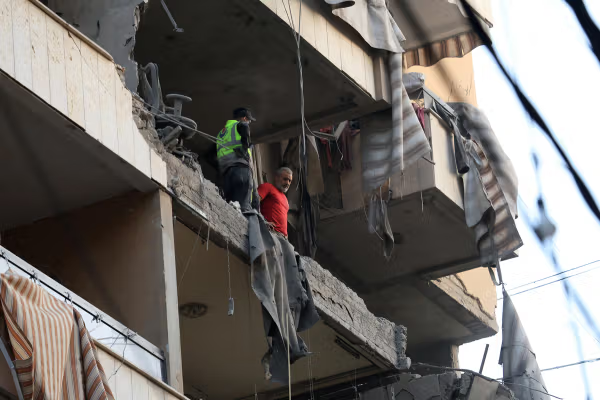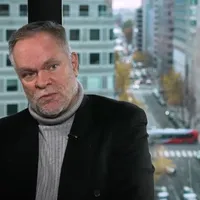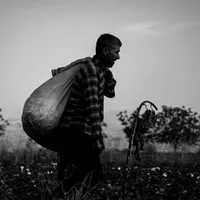The move will introduce a higher fuel charge to drivers refueling without government-issued smart ration cards or beyond their allowed quotas.
Iran’s cabinet approved the new three-tier fuel pricing system that will introduce a 5,000-toman (4.4 cents per the free market rate) rate for motorists who refuel without their smart cards or after exhausting their lower-priced quotas, according to a government directive published by domestic media.
The initiative, dated November 23, says that the two existing subsidized rates — 1,500 tomans (1.3 cents) for monthly quotas and 3,000 tomans (2.6 cents) for non-quota purchases with personal smart fuel cards — will remain in place but with reduced allocations.
An across-the-board fuel price rise in November 2019 triggered nationwide protests that were quashed with deadly force, with hundreds reported killed and thousands detained.
The increased rate was kept and maintained unchanged until the latest initiative.
From mid-December, refueling with “emergency station cards” will be charged at 5,000 tomans. The rate represents about ten percent of the government’s refinery purchase cost, the directive said.
Reports in Iranian outlets earlier this autumn had indicated that several pricing scenarios were under review.
In late October, President Masoud Pezeshkian said there was “no doubt” that fuel prices would eventually need to rise as domestic consumption continues to climb.
Fuel demand has at times exceeded 140 million liters per day, outpacing production of roughly 110 million liters, driven by inefficient vehicles, smuggling and seasonal spikes, according to officials.
Under the new measures, government-plated vehicles, cars in free-trade and special economic zones, imported cars and newly registered domestic vehicles will no longer receive 1,500- or 3,000-toman quotas.
Instead, they will be allocated a monthly amount priced entirely at the new 5,000-toman tier. Private individuals owning more than one gasoline-powered car will be entitled to quota rates for only one vehicle.
Alongside the new pricing policy, the first cargo of imported super gasoline — 300,000 liters — was sold on Iran’s energy exchange on November 22 at 65,800 tomans (57 cents) per liter.
Tasnim news agency reported that further changes, including adjustments to gas quotas for CNG-powered taxis, are expected to be announced in February.









